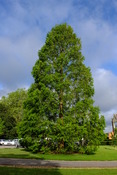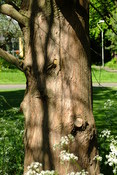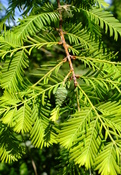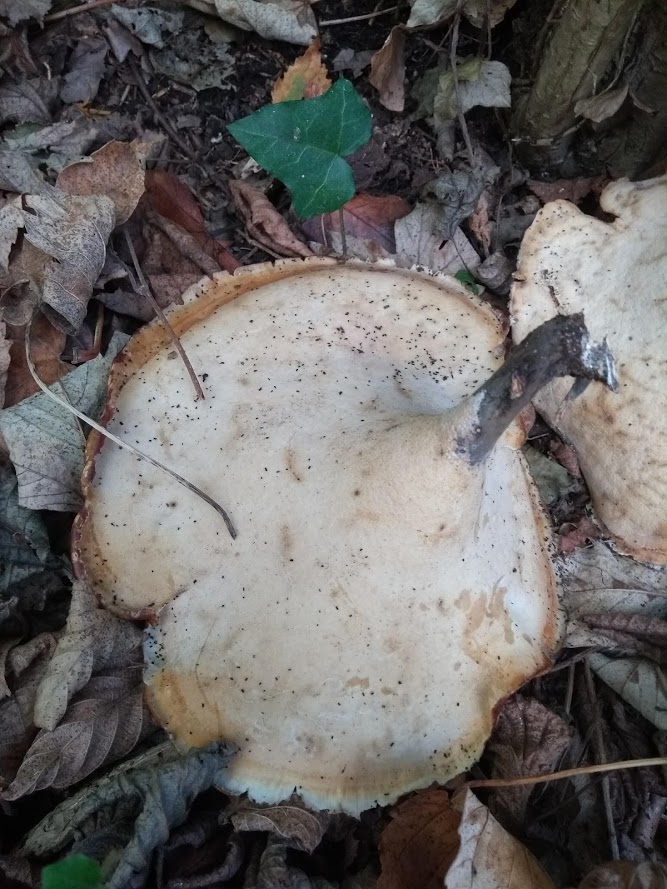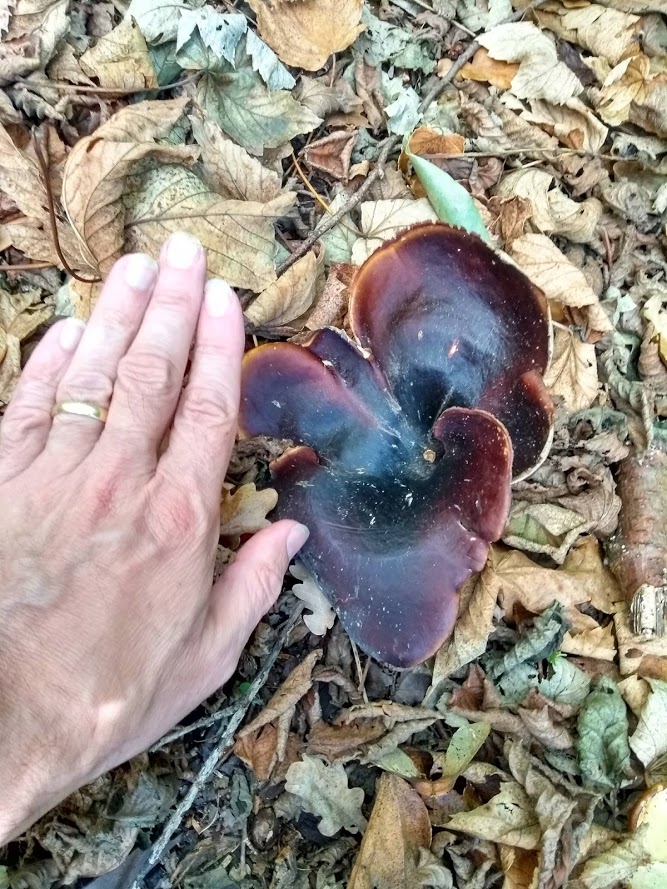This month’s blog was kindly contributed by Chris Foster, Lecturer in Animal Ecology and Chair of the Biodiversity Working Group.
As we count down to Christmas, colleagues are busy once again with the brilliant Advent Botany series. With a little thought, anyone can think of plants that evoke the season, from spruce or fir Christmas trees to the cinnamon, ginger and cloves that spice our festive treats. Advent entomology is perhaps a harder sell, with few obvious associations, but I’d like to propose a few insect stars of the season – some more tenuous than others.
You certainly don’t expect to see clouds of insects on the wing at this time of year since many adult insects are short-lived, future generations persisting through the cold months as motionless eggs or pupae. For example, populations of the White-letter Hairstreak butterfly, occasionally reported on campus in the adult form in the summer, can be detected in winter by searching for eggs near the tips of elm twigs. They wait, still lives, for the right light and temperature cues to resume development in the spring. Other species keep developing right through winter as active larvae, especially in soil and leaf litter, which provides some insulation against fluctuations in temperature.
But there’s another group of species that are my first Christmas champions: those that wait out the winter in their final, glittering adult forms. The diverse ornamental conifer plantings on Whiteknights campus provide excellent winter habitat for these, from hirsute cypress dwelling ladybirds to the Juniper shieldbug, whose shining forewings are veneered like an old walnut dashboard. I wrote about the joys of searching in conifers in a short piece that was included in the Wildlife Trust’s Seasons series back in 2016, but it is only recently that we’ve contemplated a more systematic look at the use of ornamental trees on campus by overwintering insects. This year a Biological Sciences project student is collecting some data, and there is lots of potential for future student work either through formal research projects or simply getting involved with ad hoc recording of insects on campus.
Once the sun sets over our Christmassy conifers, my second festive insects come into their own. A small handful of moth species are active as adults in the heart of winter (as are surprisingly many small flies – midges and gnats), seeking out mates and laying eggs. One is the December Moth, a gorgeous fuzzy animal whose elegant brown cloak is edged with gold. The Winter Moth is, by comparison, unremarkable in appearance but notable for its unusual flightless females and important place in woodland food webs. Winter Moth eggs hatch in spring right around budburst, and the caterpillars provide vital nourishment for blue and great tit chicks. This link is threatened by climate change, which through phenological asynchrony risks separating peaks of caterpillar abundance and hatching dates of the chicks.
Finally, some insects that are difficult to find at Christmas still deserve a place in our festive fauna. The Holly Blue butterfly, for example, has two generations that feed on Holly and then Ivy – what could be more Christmassy? The Red-green Carpet is another we should be seeing on cards or decorations, with its attractively mossy green wings streaked with a red blush. Nowadays we see few insects represented in seasonal culture, but this charming animated film (see video below) from 1913 has beetles and crickets receiving gifts from Father Christmas before skating on a pond. With the looming threat of insect population collapses, maybe there’s no better time to revise Christmas as a time for celebrating the charm of our six-legged friends.
Many thanks to Chris! If you’re interested in contributing to the Whiteknights Biodiversity blog, please email v.l.boult(at)reading.ac.uk





